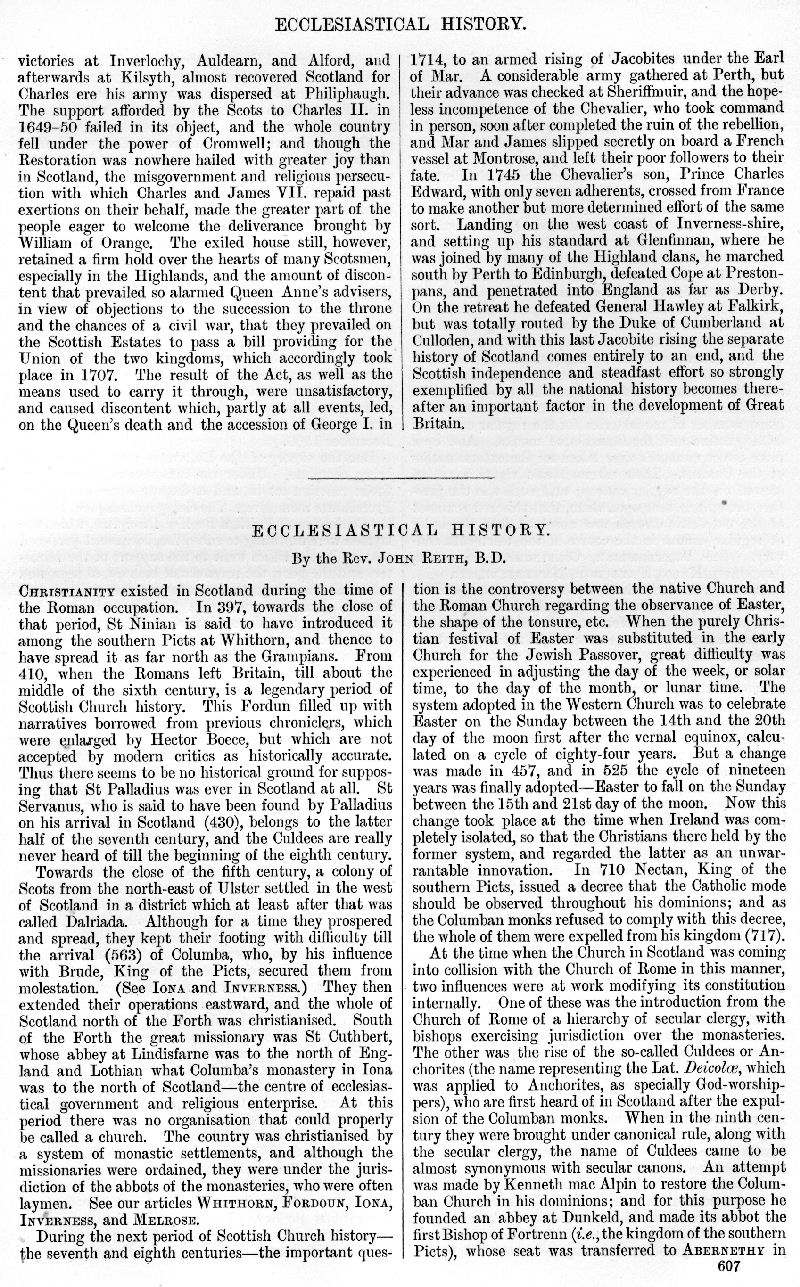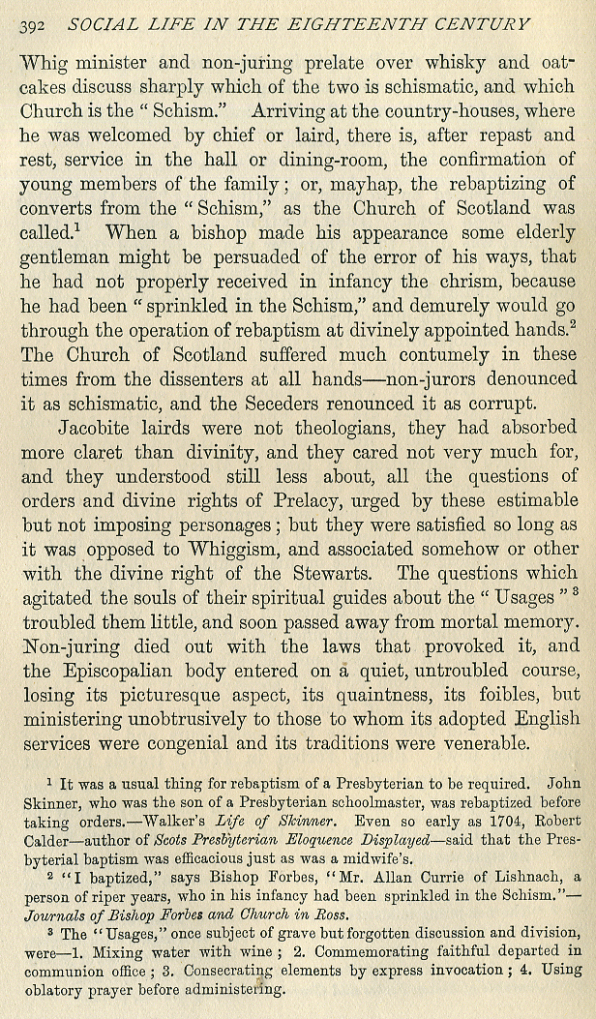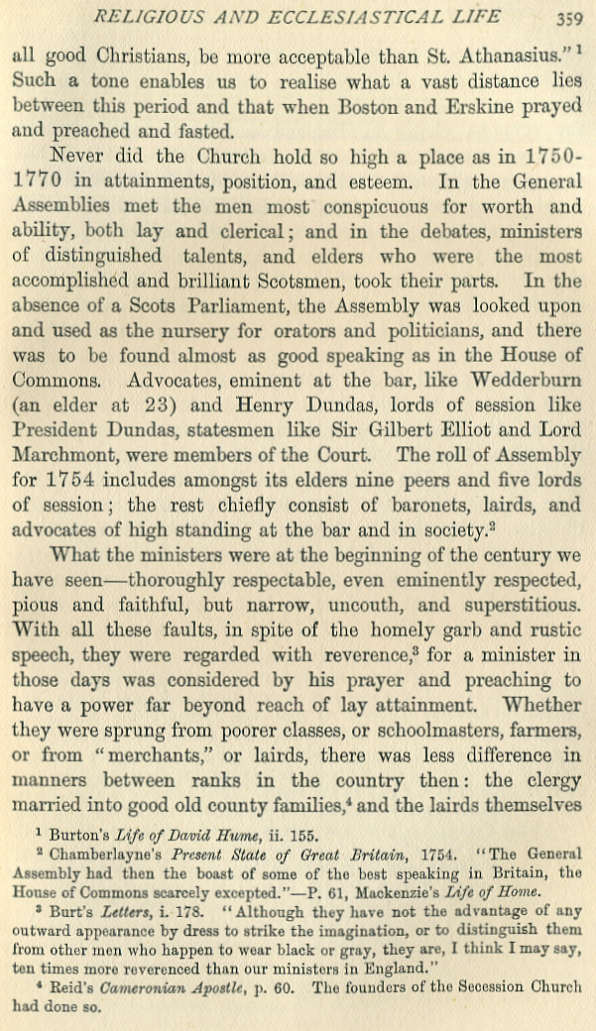
In Italy and in parts of France, professional carvers carried on working after the Roman period, and they kept on turning out the same stuff. The sculptures told a story of the vibrancy of Anglo-Saxon culture after the departure of the Romans: “My Italian friends are absolutely amazed. Late 19th-century antiquarians were aware of only about 167 sites containing Anglo-Saxon stone sculpture, Rosemary Cramp noted in 2019: “To date, we have recorded 3,528 stones from 1,101 sites.”

Volume I was devoted to Northumberland and Co Durham. Since its foundation in 1977, the Corpus of Anglo-Saxon Stone Sculpture, as it is known, has produced 13 (out of a planned 16) beautifully bound illustrated volumes, covering 32 English counties. Her other major achievement was to establish and guide a long-running research project, supported by the British Academy and involving scholars and volunteers across England, recording pre-Conquest stone sculpture. And when they had done three years of that, I had a special trench in which they could learn how to trowel properly.” To encourage local interest she recruited young children to look after the trenches at night: “As a reward they were allowed to trowel through the barrows of excavated soil to see if any bit of pot had been missed and tipped in with it sometimes they found them.


In an interview with the British Academy in 2019 she recalled that some areas of interest lay under the backyards of a neighbouring housing estate: “It was sometimes difficult to get access to them, but eventually you were nobody unless you had a trench in your yard.” Over nearly 30 years of excavations, as well as remains of the seventh and 8th-century buildings, Rosemary Cramp found evidence of the abbey’s international cultural and economic links, including exotic pottery and the largest quantity of shards of 7th-8th century coloured window glass, “like jewels lying on the ground”, from any site of a similar date in Europe.


 0 kommentar(er)
0 kommentar(er)
